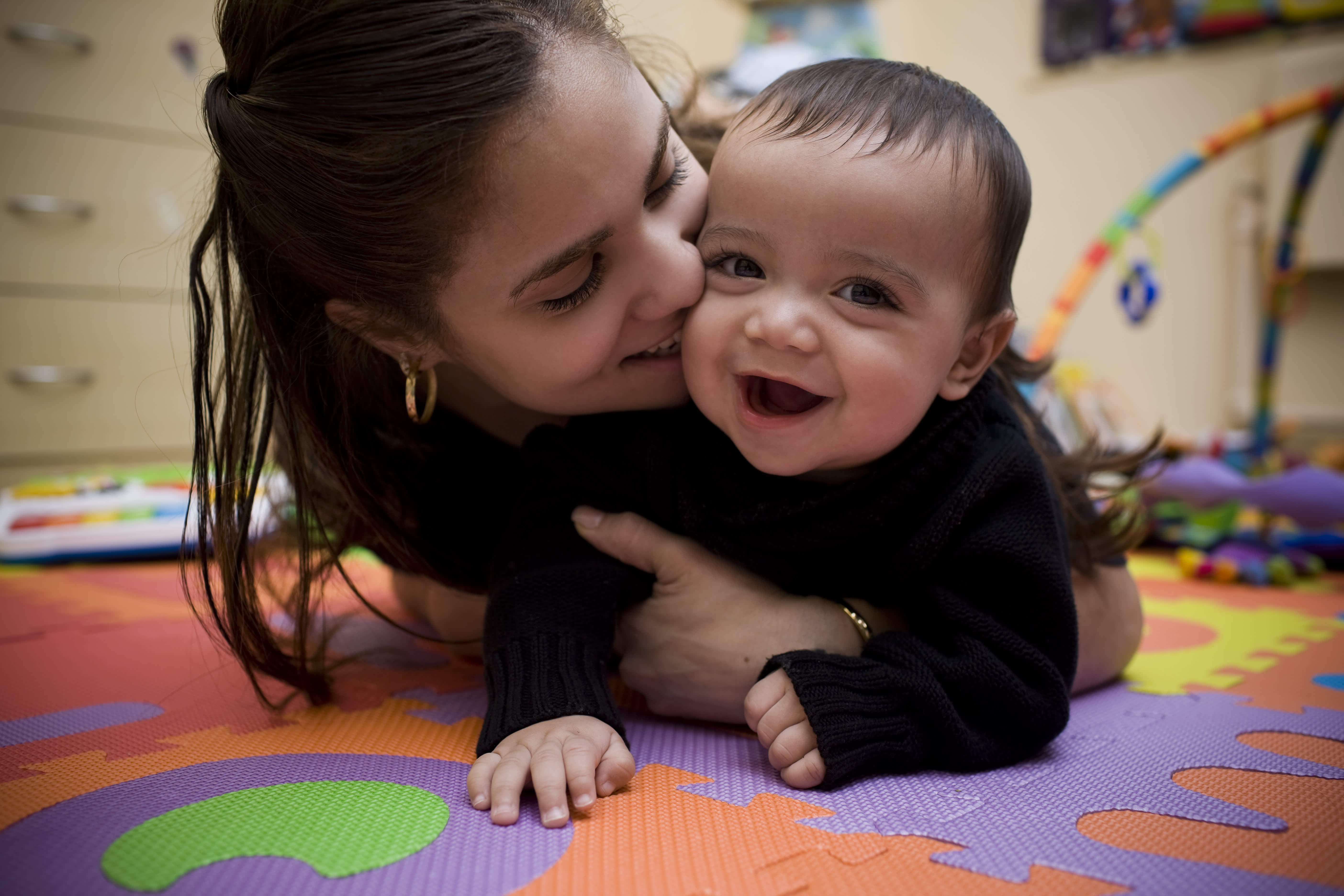For lower-income Hispanic and Latina mothers, affordable and accessible child care would be a lifeline.
As the country celebrates National Hispanic Heritage Month, it looks like that may soon become a reality.
Democrats have set a deadline of Oct. 31 to enact President Joe Biden‘s economic agenda, which includes a child-care plan that expands benefits for working families.
The specifics are now being negotiated in Congress. The plan called to cap the cost of care at 7% of a family’s income if they earn up to 1.5 times the state’s median income, but a House committee recently bumped it to two times the state’s median income. The lowest-income families wouldn’t pay anything.
It would also raise wages for child-care workers, 95% of whom are women. The average hourly pay is $10.15 an hour, according to compensation comparison site Payscale. In 2019, 18.9% of those workers were Black women and 17.9% were Latinas, according to an analysis by the National Women’s Law Center. Many of those jobs were lost during the pandemic.
In fact, women bore the brunt of the job losses during the crisis, especially women of color. In September, Latinas’ unemployment rate was 5.6% compared to their pre-pandemic rate of 4.9% in February 2020.
Yet at the same time, the cost of care increased, a survey from Care.com found. The majority of parents said they are spending 10% or more of their household income on child care. Yet for low-income families, it costs an average 30% of their income, according to the Center on Budget and Policy Priorities.
For many, the cost means not working in order to care for their kids or using low-quality care.
“Child care hits at the heart of family economic stability,” said Hannah Matthews, deputy executive director for policy at the Center for Law and Social Policy.
Raising Latinas out of poverty
The costs of child care fall heavily on individual families in the U.S. In fact, America ranks far behind many other countries when it comes to affordability and accessibility. The U.S. spends less than 0.5% of its gross domestic product on early childhood education and care, while countries like France, Sweden and Iceland spend 1% or higher.
The plan working its way through Congress would add $450 billion to lower the cost of child care. It also includes universal preschool for 3- and 4-year olds. Democrats aim to offset the spending with tax increases on the wealthy and corporations.
More from Invest in You:
More than a year into the pandemic, Americans are still struggling to save
The child tax credit encourages parents to work, study finds
New York City is funding college plans for students to help close the wealth gap
The 10-year investment would serve 8.27 million young children a year when fully implemented, according to the Center for Law and Social Policy. That is 11 times more children than those served without such an outlay.
Currently, the Child Care and Development Block Grant, which provides assistance to low-income families, is only serving 6% of eligible Latino children, Matthews said.
For the National Women’s Law Center, the current proposal is a step in the right direction. The organization has been leading the charge for $700 billion in spending on child care, arguing the increase in access would boost the lifetime earnings for women with two children by about $94,000. That would lead to an increase of about $20,000 in private savings (contributions plus growth) and an additional $10,000 in Social Security benefits, the center’s analysis found.
The change in income would be larger for Latinas since many start from a more precarious position, said Whitney Pesek, the center’s director of federal child-care policy.
Between 2014 and 2018, 23% of Latinas lived in poverty, compared to 9% of white men, according to the NWLC. For every dollar paid to a white father, Latina mothers are paid 45 cents, the organization found. In addition, Latina child-care workers face 50% higher poverty rates compared to other women in the child-care workforce.
In Social Security benefits alone, Latina women would see additional lifetime benefits of $12,000, compared to $8,000 for white women.
“Women need child care so they can go back to work and child-care providers need to provide for their own families,” Pesek said.
“It has become really clear the market will not fix child care.”
SIGN UP: Money 101 is an 8-week learning course to financial freedom, delivered weekly to your inbox.
CHECK OUT: This 33-year-old online baking instructor brought in nearly $335,000 in 2020: Here’s how via Grow with Acorns+CNBC
Disclosure: NBCUniversal and Comcast Ventures are investors in Acorns.
